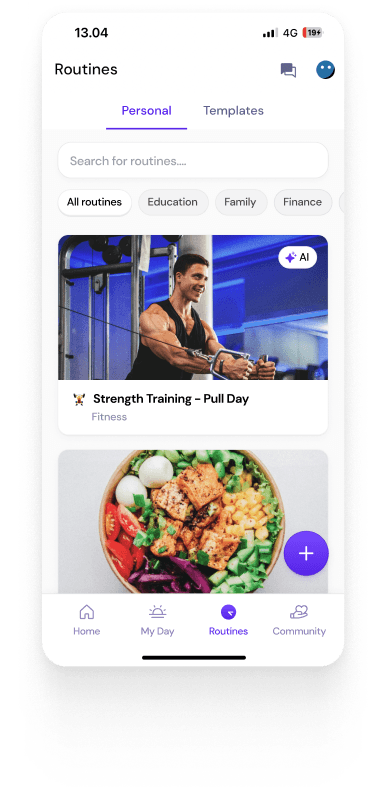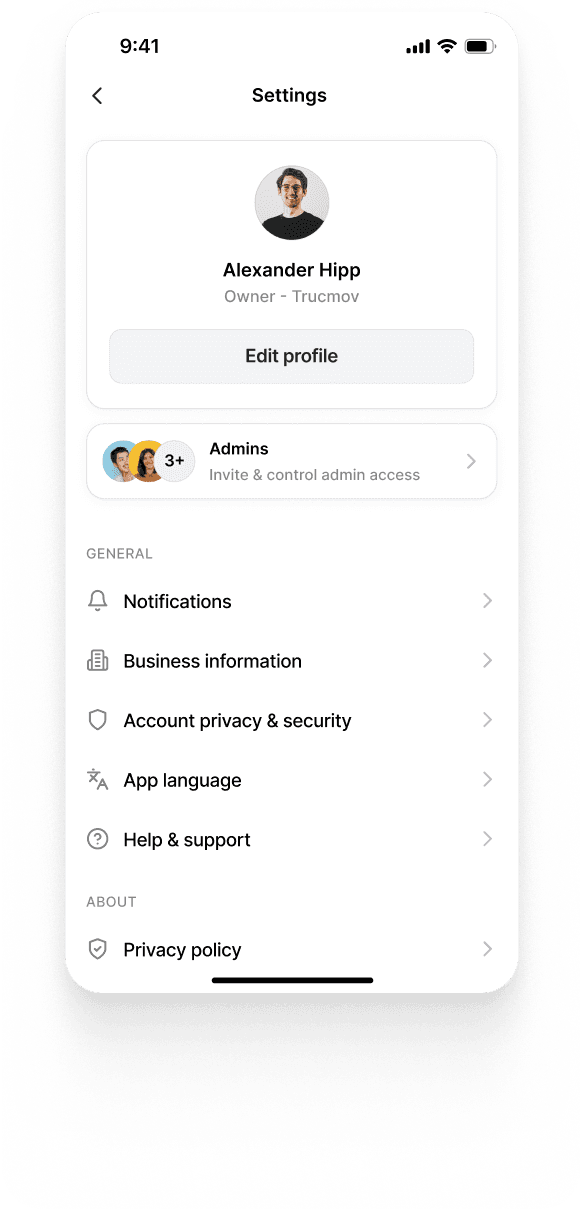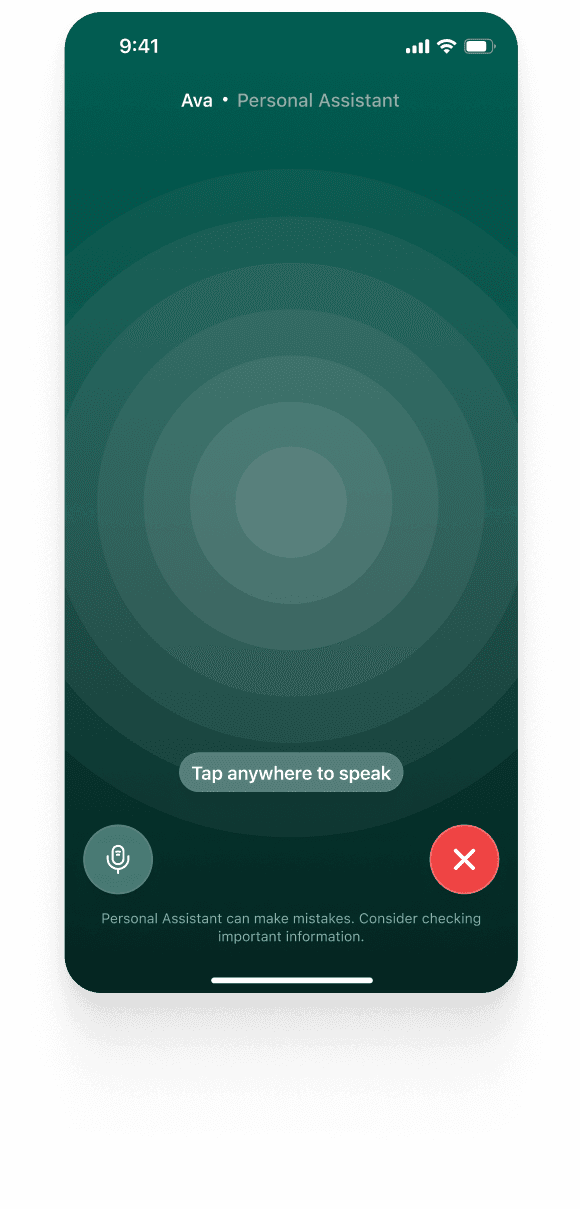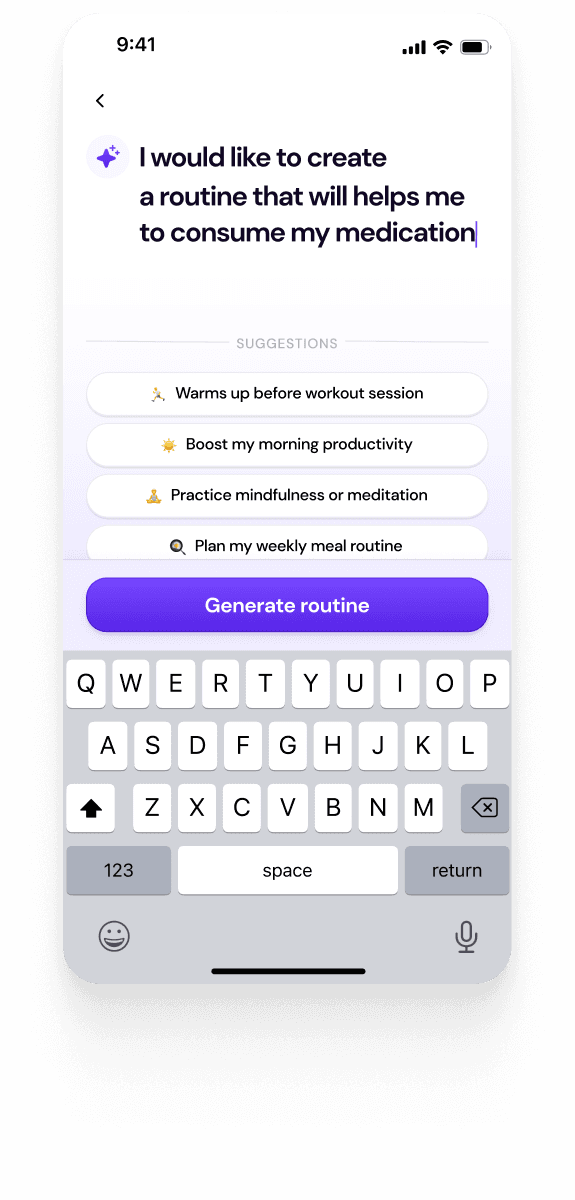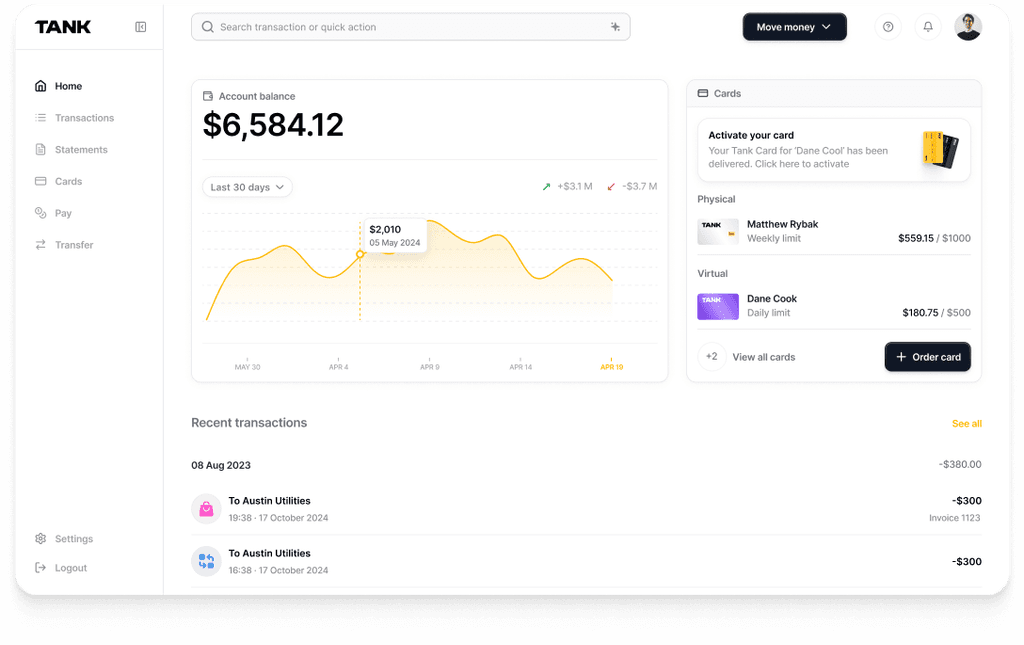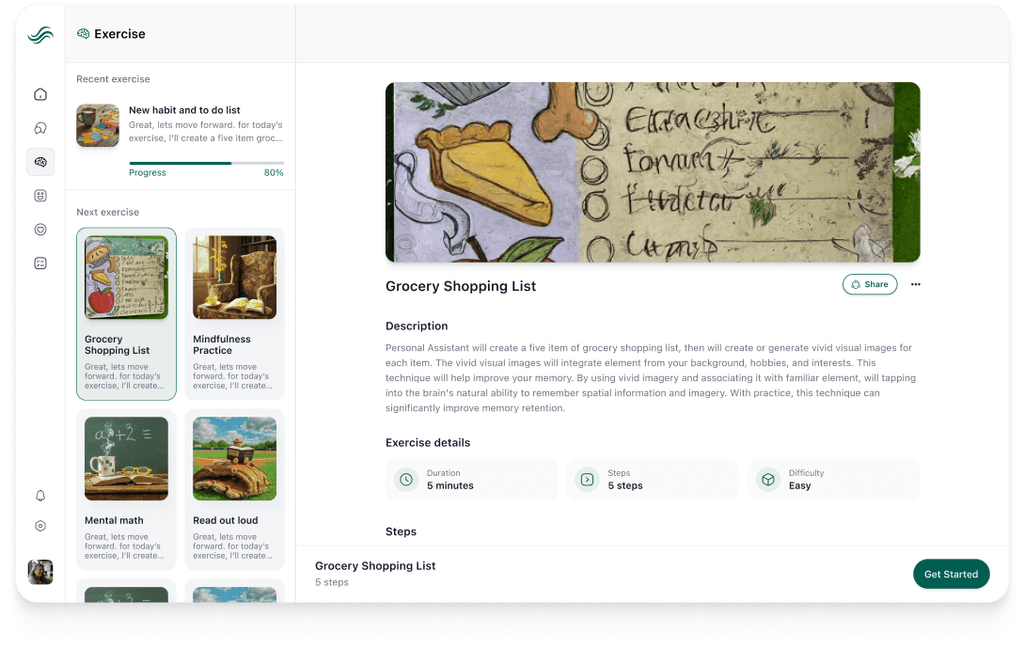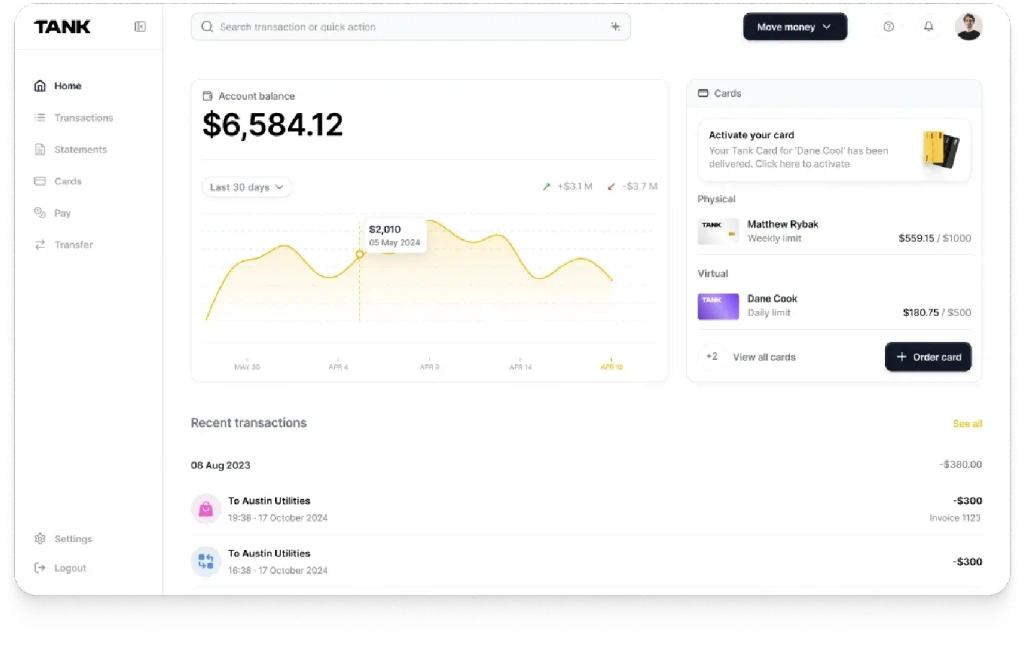The Rise of AI Operating Systems: Revolutionizing Software Engineering
Summary
AI Operating Systems (AI OS) are revolutionizing software engineering by integrating machine learning, natural language processing, and predictive analytics. Unlike traditional OS, AI OS learns, adapts, and enhances development efficiency. Steve by Walturn exemplifies this evolution, offering AI-driven product management, engineering assistance, and seamless development workflows to democratize software creation.
Key insights:
AI OS Evolution: AI OS integrates AI at its core, learning from user behavior to enhance efficiency and automation.
Code Generation & Quality: AI-powered assistants generate, optimize, and debug code, reducing errors and development time.
Automated Testing: AI detects bugs, security issues, and performance bottlenecks before they impact production.
Intelligent Project Management: AI-driven insights optimize resources, predict timelines, and streamline development.
Conversational Interfaces: AI-powered natural language tools make software development more intuitive and accessible.
Steve’s Role: Steve by Walturn embodies AI OS principles, accelerating innovation, collaboration, and resource optimization.
Introduction
Artificial Intelligence (AI) is poised to transform the landscape of computing, and nowhere is this more evident than in the emergence of AI Operating Systems (AI OS). These next-generation platforms are set to redefine how we interact with technology, promising to make our digital experiences more intuitive, efficient, and powerful than ever before.
In this article, we will discuss how an AI OS can change how we envision software engineering, and lay out how Steve - the first AI OS for product engineering - fulfills these capabilities.
The Dawn of AI Operating Systems
An AI Operating System integrates artificial intelligence at its core, using machine learning, natural language processing, and predictive analytics to create a more responsive and adaptive computing environment. Unlike traditional operating systems that rely on static, rule-based processes, AI OS learns from user behavior, anticipates needs, and evolves over time.
Current examples of AI integration in operating systems include:
Apple Intelligence: Introduced in iOS 18, Apple Intelligence enhances core functionalities across Apple devices. It offers features like improved Siri capabilities, intelligent email categorization, notification prioritization, and AI-powered writing tools.
Google's Android AI Features: Google has been incorporating AI capabilities into Android, including on-device AI models for real-time translation, adaptive energy management, and personalized app recommendations.
Microsoft Azure AI: While not a traditional OS, Azure's cloud platform incorporates AI-driven features for resource management, anomaly detection, and automated job scheduling.
Transforming Software Engineering
AI Operating Systems are set to revolutionize software engineering in numerous ways:
1. Enhanced Code Generation and Quality
AI-powered coding assistants can generate code snippets, complete functions, and even create entire modules based on natural language descriptions. This capability will significantly speed up development time and reduce errors.
2. Automated Testing and Debugging
AI algorithms can analyze codebases to identify potential bugs, security vulnerabilities, and performance issues before they become problems. This proactive approach to quality assurance will lead to more robust and reliable software.
3. Intelligent Project Management
AI OS can optimize resource allocation, predict project timelines, and identify potential bottlenecks in the development process. This level of insight will enable more efficient project management and better decision-making.
4. Personalized Development Environments
AI OS can learn individual developer preferences and habits, customizing the development environment to maximize productivity. This might include suggesting optimal times for coding sessions, recommending relevant resources, or adapting the UI to suit the developer's workflow.
5. Natural Language Interfaces
Advanced natural language processing will allow developers to interact with their development environment using conversational commands, making complex tasks more accessible and reducing the learning curve for new tools.
6. Continuous Learning and Adaptation
AI OS will continuously learn from codebases, development patterns, and user interactions across the globe. This collective intelligence will lead to ever-improving best practices and coding standards.
7. Seamless Integration of Design and Development
AI-powered design tools integrated into the OS will bridge the gap between design and development, allowing for rapid prototyping and iterative design processes that are tightly coupled with the development cycle.
Introducing Steve: The AI OS Transforming Software Engineering
At the forefront of the AI OS revolution is Steve, a next-generation AI Operating System designed to redefine how software is built, deployed, and managed. More than just an AI-driven engineering tool, Steve is a fully integrated AI OS that orchestrates intelligent workflows, fosters collaboration, and empowers businesses to streamline their software development lifecycle.
1. Key Capabilities of Steve
AI-Powered Development Hub: Steve's centralized AI framework brings together product management, engineering, and deployment under one intelligent OS. Its conversational AI guides teams through every stage of product development, from ideation to feature prioritization, accelerating innovation.
Seamless AI Engineering Assistance: Steve’s engineering intelligence layer enables autonomous coding, contextual project management, and AI-assisted debugging. Developers can leverage Steve's shared memory system to ensure continuity across tasks, reducing redundancy and enhancing efficiency.
Future-Ready and Scalable Architecture: Built to scale across devices, Steve seamlessly adapts to web, desktop, and mobile environments. As an AI OS, it integrates with various AI agents and applications, ensuring a flexible ecosystem for software engineering teams.
Integrated AI Marketplace: Through its trusted AI marketplace, Steve provides curated AI tools and extensions that enhance software engineering. From automated testing suites to data-driven project analytics, developers can leverage specialized AI applications securely and efficiently.
Collaborative AI Ecosystem: Steve’s shared memory system enables real-time collaboration across multiple AI agents, streamlining code generation, debugging, and deployment. This interconnected AI environment fosters seamless teamwork, bridging gaps between engineers, designers, and project managers.
2. How Steve is Revolutionizing Software Engineering
Democratizing Development: By making AI-driven coding and automation accessible, Steve lowers the barrier to entry for software creation, allowing businesses and individuals to develop high-quality software with minimal technical expertise.
Accelerating Product Innovation: With intelligent prototyping, automated testing, and AI-assisted iteration cycles, Steve drastically reduces the time-to-market for new software solutions.
Enhancing Cross-Team Collaboration: Steve unifies product management, engineering, and AI-driven analytics, enabling fluid communication across teams. Its context-aware conversational interface ensures that all stakeholders stay aligned throughout the development lifecycle.
Optimizing Engineering Resources: Through predictive AI analytics and task prioritization, Steve helps teams allocate resources effectively, reducing bottlenecks and optimizing software deployment strategies.
As the first AI OS, Steve is not just redefining software engineering—it is transforming how AI collaborates, learns, and builds the future of technology.
Conclusion
The advent of AI Operating Systems like Steve represents a shift in the future direction of software engineering. By integrating artificial intelligence at the core of the development process, these systems promise to make software creation more efficient, accessible, and innovative. As AI OS technology matures, we can expect to see a transformation in how software is conceived, developed, and deployed, opening up new possibilities for creativity and problem-solving in the digital realm.
Authors
Experience AI-Driven Development with Steve
Steve leverages AI to streamline coding, project management, and collaboration. Build faster, smarter, and more efficiently with an AI-driven workflow.
References
Mohta, Bhavicka, et al. “How an AI-Based Operating System Can Transform Product Teams in 2025.” Walturn, 31 Jan. 2025, www.walturn.com/insights/how-an-ai-based-operating-system-can-transform-product-teams-in-2025.
Trotolo, Flavia, et al. “Traditional OS to AI OS: The Evolution of Operating Systems.” Walturn, 26 Jan. 2025, www.walturn.com/insights/traditional-os-to-ai-os-the-evolution-of-operating-systems.













